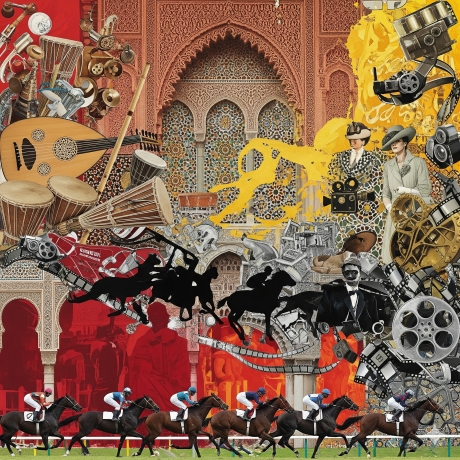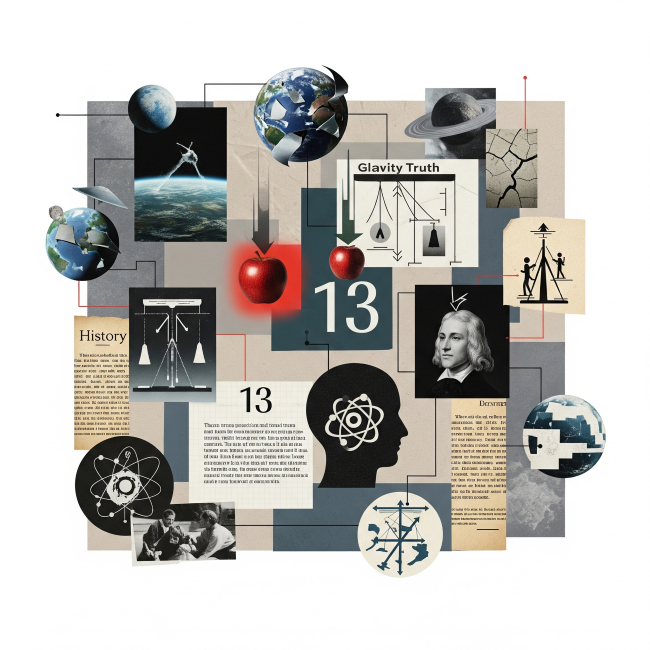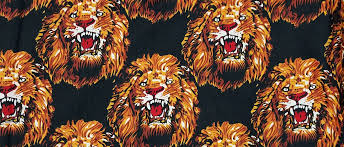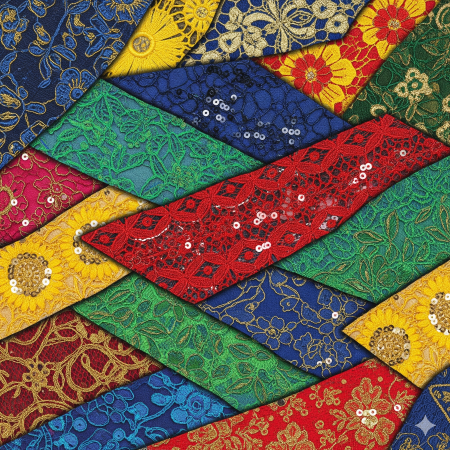What If Nature Had A Copyright?: Rethinking Intellectual Property in the Age of AI
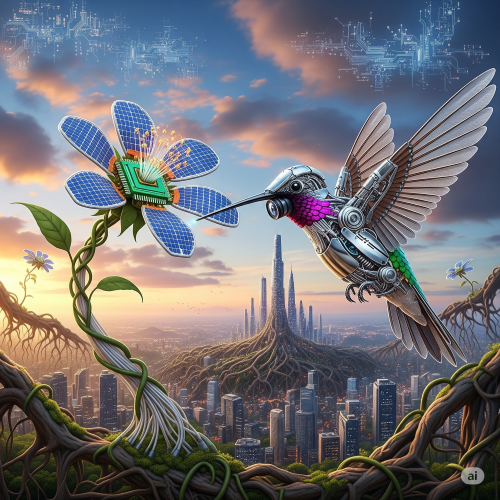
Rethinking Intellectual Property in the Age of AI
At first glance, the idea that nature might hold copyright feels absurd. Copyright is for humans. It protects novels, pop songs, paintings, and maybe the occasional software algorithm. It’s something you register with a legal office, not something that belongs to a forest, a bird’s song, or the spiral of a seashell.
But in 2025, this isn’t such a strange question anymore.
As AI systems become smarter and more creative, we’re watching machines learn from everything around them. They study not just human-made art and literature but also the logic of the natural world. They’re scanning the wings of owls to build quieter drones, mimicking the hydrodynamics of fish to improve underwater vehicles, and even drawing inspiration from how coral reefs filter water.
So, what happens when a neural network learns to imitate the genius of evolution? And more provocatively: what if nature was credited as the original creator?
The Basics of Copyright
Image Credit: Where Is The North
Copyright is meant to reward original creation. It’s a kind of legal kudos. You make something new, and the law gives you exclusive rights to control how it’s used. In theory, this encourages innovation. But crucially, copyright applies to people, or at least to things people create.
Nature, of course, is outside of that system. It just exists. It doesn’t file claims or argue for authorship. It doesn’t have lawyers.
Yet in many cases, human invention is just clever imitation. Velcro was inspired by the tiny hooks on burrs. Wind turbine blades borrow from whale fins. Architecture has long borrowed shapes from bones and shells.
In earlier eras, we called this biomimicry. Now, with AI absorbing billions of data points at once, we’re watching machines learn from nature at scale.
So who owns the results?
Nature as Author
Image Credit: Unsplash
Imagine an AI that analyzes thousands of leaf structures to design a more efficient solar panel. Or a model that studies the structure of a spider’s web to engineer stronger materials. In each case, the machine is pulling knowledge from nature, not inventing in a vacuum.
Who gets the credit?
Is it the engineer who fed the data into the machine? The AI system that generated the design? Or—just maybe—is it nature itself, whose structure and function made the invention possible?
Of course, nature can’t walk into court and demand royalties. But that doesn’t mean it isn’t doing the creative heavy lifting. If we measured creativity by novelty and usefulness—two pillars of intellectual property—then evolution might be the greatest artist of all.
And yet, nature is never named. It's never compensated. Its contributions are taken for granted, framed as inspiration, not as ownership.
Machines That Imitate Everything
The rise of generative AI makes this issue more complicated. These models don’t just analyze—they produce. They can generate images, music, architecture, DNA sequences, and even protein structures. DeepMind’s AlphaFold, for example, famously predicted the 3D structures of proteins using training data based on naturally occurring sequences.
That breakthrough could revolutionize medicine. But the raw material—the proteins—came from the biological world. So again, the question resurfaces: Is this new, or is it borrowed?
We’re entering a space where it’s harder and harder to draw a clean line between imitation and invention. The data that fuels AI is often a blend of human culture and natural structure. If intellectual property is meant to reward the origin of an idea, then we have to ask: where does that idea really come from?
What Would Legal Credit for Nature Look Like?
Image Credit: Eco Jesuit
Let’s entertain the thought: what if nature did have copyright?
We might create a kind of Nature IP Trust, a global body that collects fees from companies that profit from nature-inspired designs. The money could go toward preserving ecosystems, supporting biodiversity, or funding groups who have long protected and studied these natural systems.
It’s not such a wild idea. The Nagoya Protocol, under the United Nations, already requires that profits from the use of genetic resources be shared with the countries or communities where those resources originated. If a pharmaceutical company develops a drug from a rainforest plant, for example, it may owe a cut of the profits back to the region.
This isn’t copyright in the strict sense. But it is a kind of ethical IP—recognition of nature as a source of value.
We could expand on that. Imagine an open license system for natural structures, like a biological version of Creative Commons. Some patterns could be considered free for use in research but not for commercial exploitation without compensation. That might sound bureaucratic, but it reflects a basic idea: if you profit from nature, you should give something back.
AI and the Collapse of the Old Categories
AI is challenging almost every assumption we’ve had about authorship. Who owns an AI-generated song trained on hundreds of artists? Who owns a scientific discovery made by a model that studied natural biology? The edges are blurring.
And nature is part of that blur.
AI doesn’t care whether its data came from Beethoven or from the genome of a sea urchin. It digests it all the same. So when we talk about the future of IP in the age of AI, we can’t ignore nature as a silent co-author.
There’s also something deeply human about wanting to claim ownership. But nature doesn’t claim. It just is. So maybe the problem isn’t that nature doesn’t have copyright. Maybe it’s that our whole system of intellectual property is due for an overhaul.
Toward Something More Inclusive
It might be time to shift from ownership to stewardship. Instead of asking who owns an idea, we might ask who is responsible for protecting the systems that made it possible.
This is where indigenous knowledge systems offer a model. In many indigenous cultures, knowledge is communal and tied to land, seasons, and ecosystems. It’s not something you own. It’s something you inherit, share, and protect.
Our IP laws have mostly ignored that. But as AI grows more powerful—and more extractive—maybe it’s time to listen. Maybe the next phase of intellectual property won’t be about individual rights, but about ecological ethics.
The Takeaway
So what if nature had copyright? It doesn’t. And probably never will. But asking the question forces us to look at what we’re doing when we claim to invent, create, or own.
As AI pulls more and more from the natural world, it’s clear we’re building on a foundation we didn’t make. We owe a debt to the quiet brilliance of evolution, to the logic of ecosystems, to the patterns we didn’t design.
Nature may not have a legal claim. But it deserves our recognition, our respect, and our protection.
You may also like...
Arsenal Legend Thierry Henry to Receive Prestigious BBC Lifetime Achievement Award

Former Arsenal and France football legend Thierry Henry will be honored with the Lifetime Achievement award at the 2025 ...
Maresca's Emotional Rollercoaster: Chelsea Boss Claims 'Happy' After 'Worst 48 Hours'
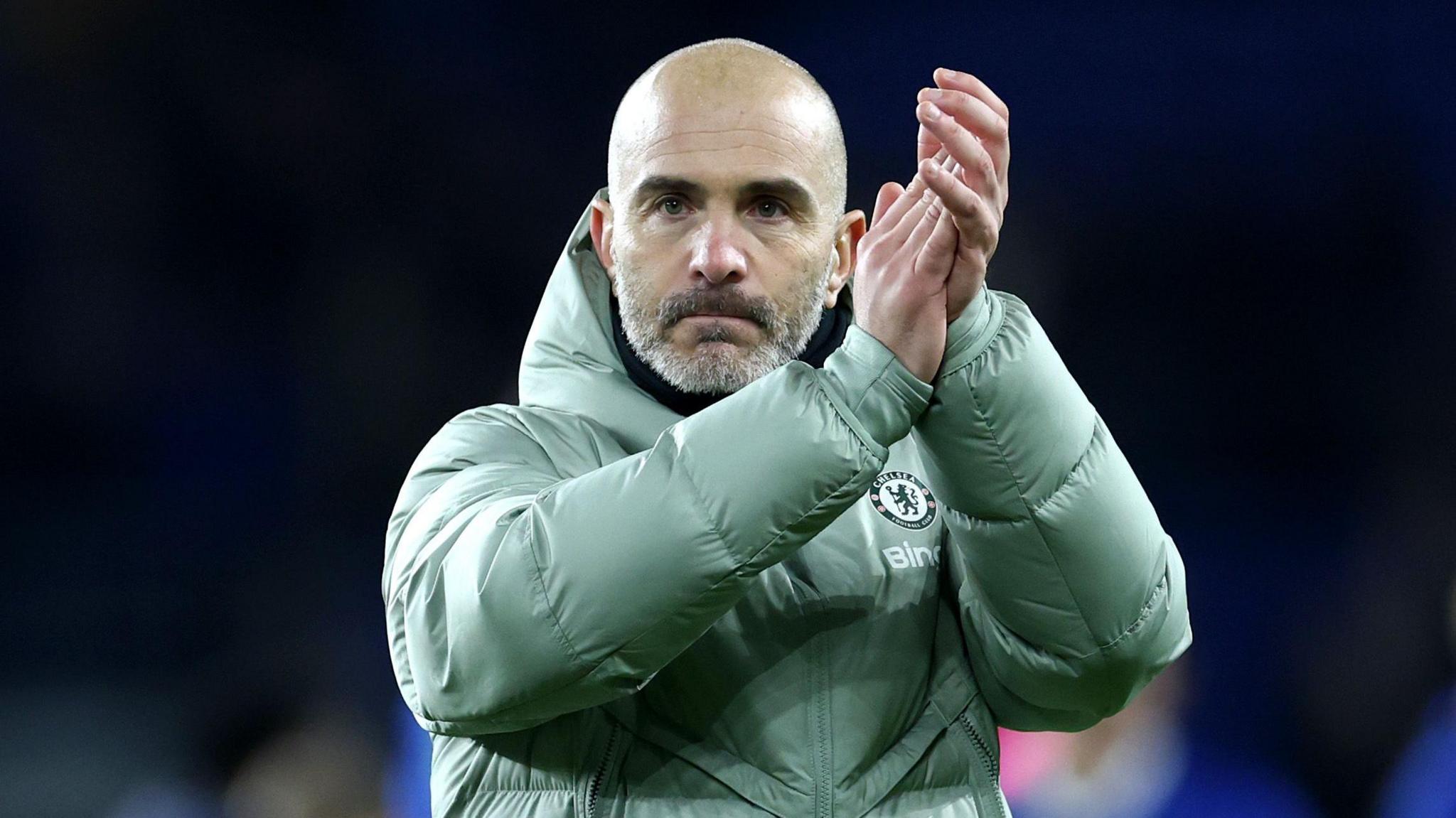
Chelsea boss Enzo Maresca has clarified his previous 'worst 48 hours' comments, now expressing happiness and a deeper co...
Fallout Season 2 Shatters Records, Outperforming HBO's Last of Us!

Fallout Season 2 has premiered on Prime Video to overwhelmingly positive critical and audience reception, scoring a near...
Winter Is Back! Kit Harington Hints at Massive Game of Thrones Comeback

Kit Harington has definitively shut down any possibility of reprising his role as Jon Snow, stating he doesn't want to g...
Love Blossoms: Anwuli & Kennedy's Instagram Romance Leads to #HappilyEverOffor!

Anwuli and Kennedy's love story, sparked by an Instagram connection, led to a beautiful Igbo traditional wedding. After ...
Teyana Taylor & Lucien Laviscount Light Up the 'Spirit Tunnel' with Epic Dance Moves!
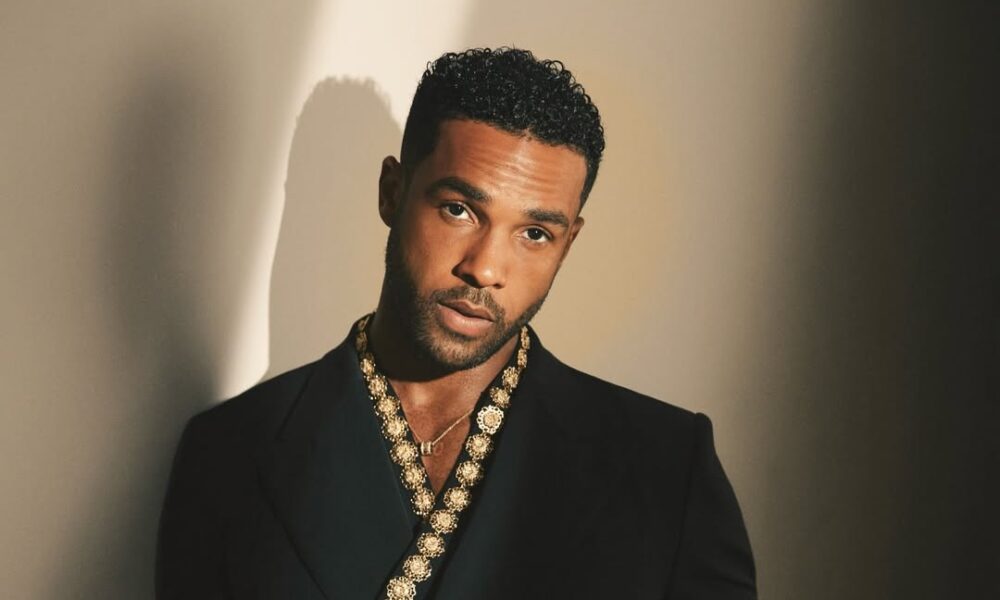
The Jennifer Hudson Show features high-energy 'Spirit Tunnel' entrances, with Lucien Laviscount making a stylish walk an...
Kenya's Billion-Shilling Travel Bill: Austerity Pledge Broken?

The Kenyan government spent nearly Sh5 billion on travel in the first three months of FY 2025/26, raising concerns about...
Shehu Sani Urges Nigerians: Shun US Travel Ban, Build Nation

The United States has enacted new travel restrictions impacting Nigerian nationals, covering both immigrant and several ...

